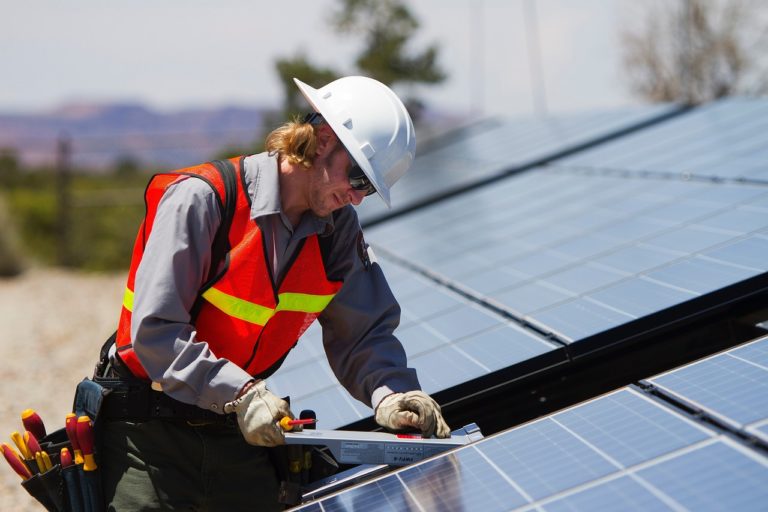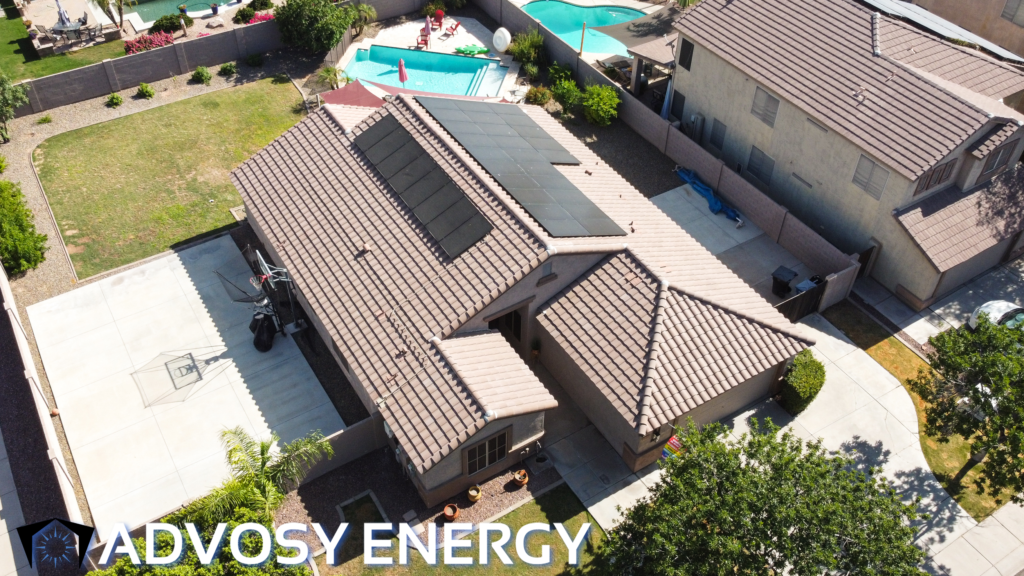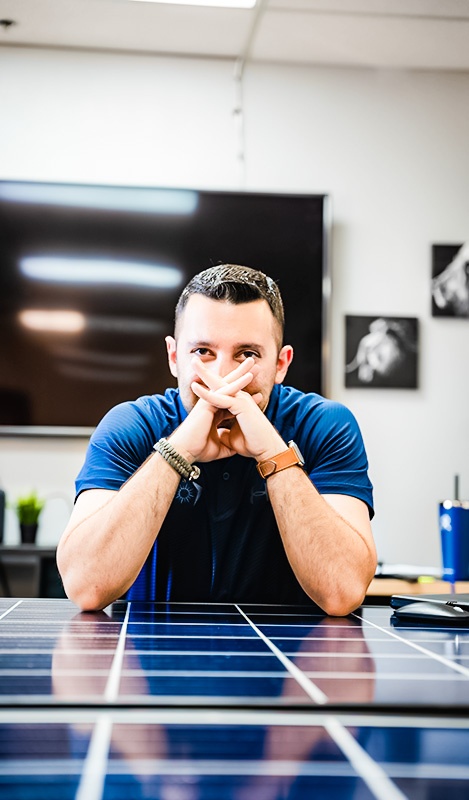Solar energy has become increasingly popular as an alternative source of power for homes and businesses. With the growing popularity, many myths about solar energy have also arisen that have left people unsure which information to believe.
Solar energy is much more than just a passing trend; it is one of the best renewable sources of energy available today. As such, it is important to understand what exactly solar energy entails and address any misconceptions regarding its use so that everyone can make informed decisions when considering switching to this form of power.
The following discussion will debunk several top solar energy myths in order to help readers gain insight into how this type of technology works and how it could benefit them in their daily lives.
1. Solar Energy Is Too Expensive
Solar energy is increasingly becoming a cost effective option for individuals and businesses. With no fuel costs, zero maintenance, and incentives such as tax credits available to many users, the economics of solar power have become more attractive than ever before.
Additionally, with advancements in technology making solar energy systems more efficient, prices are continuing to decline.
The lifecycle cost of a solar system includes all related costs from purchase or lease through installation up until decommissioning.
Studies show that despite an initial investment, residential customers can expect payback periods between 3-5 years when considering electricity savings alone – not including other benefits like carbon emissions reduction or additional value added by the increasing demand for green technologies.
2. Solar Panels Require Constant Maintenance

The cost of solar energy has long been a deterrent for many homeowners, and it’s fair to say that the high upfront costs can be intimidating. However, when compared with other sources of renewable energy, such as wind turbines or hydroelectric power plants, the cost-effectiveness of solar panels is undeniable.
With state and federal financial incentives available in most areas, investing in rooftop solar systems can provide substantial savings over time while increasing your home’s visual appeal.
When discussing maintenance requirements for solar panels, the task itself doesn’t have to be daunting. The setup involved with installing a residential system generally only needs professional attention once every five years – if at all.
Commonly performed maintenance tasks include periodic inspections of wiring connections and cleaning off dust or debris from the panel surface. Fortunately, these types of checks don’t require any special training; they are usually straightforward enough that individuals can perform them themselves.
Thus, while there are still some misconceptions about how much work goes into maintaining a properly functioning system, it’s not nearly as hard as people might think.
3. Solar Panels Don’t Work In Cloudy Weather
The notion that solar panels are rendered ineffective in cloudy weather is simply not true.
Solar photovoltaic (PV) technology has been designed to work independently from direct sunlight, making it possible for the technology to operate even when low visibility conditions exist due to cloud coverage.
PV cells are able to take advantage of daylight hours regardless of whether or not there is a full sun present during those times.
Even at night, they can still draw power generated by the day’s light and store it within batteries as electricity until needed.
This type of energy storage system enables users to enjoy a consistent source of renewable energy despite any disruptions that may occur with traditional electrical grids.
As such, residential homes powered with solar solutions will remain unaffected by periods of poor weather conditions.
4. Solar Energy Cannot Power A Home
The notion that solar energy cannot power a home is not true. Solar energy can be used to generate electricity, heat water and even supplement or entirely replace traditional heating systems such as gas boilers and air-source heat pumps with grid connection.
The combination of these technologies has enabled many homeowners to switch from traditional sources of electricity and heating to clean renewable alternatives.
However, it should still be noted that the unique needs of each home will determine the type and amount of solar energy required for powering it completely. It may take some time before all requirements are met, but investing in an appropriate system could prove to be a wise decision in the long run due to savings on energy bills.
Additionally, there are also various incentives available from local authorities which could help towards covering installation costs.
5. Solar Panels Are Unattractive

The notion that solar panels are unattractive to the eye is a common misconception. While an array of solar panels covering a large area can be visually unappealing, in most cases, modern-day solar technology is designed with aesthetic appeal and night visibility in mind.
In particular, manufacturers have begun to create more aesthetically pleasing solar panel designs which blend into their environment more seamlessly than older models. Furthermore, many newer solar panel designs incorporate nighttime lighting features built directly onto the panel itself. This allows for improved visibility during lower light situations while also adding subtle ambiance similar to traditional outdoor lighting fixtures.
In addition to enhanced aesthetics and night visibility, advances in technology over the years have made it possible for homeowners to install small batches or even single pieces of photovoltaic cells in strategic locations on their property without sacrificing any visual appeal.
6. Solar Panels Are Unreliable
Though solar panels may appear aesthetically unappealing, this does not mean that they are unreliable.
In fact, modern day solar technology is increasingly cost effective and efficient. With advances in the industry such as improvements to energy storage capabilities and increasing efficiency of photovoltaics, renewable sources of energy have become more viable than ever before.
The reliability of a properly installed solar panel system can last for over 25 years with little maintenance required. Additionally, when it comes to generating electricity from sunlight, there is no other source which has proven to be as reliable or cost-effective.
Solar power systems are becoming increasingly popular due to their low environmental impact and long lifespan—making them an excellent investment for homeowners looking to reduce their carbon footprint while saving on electricity costs in the long run.
7. Solar Energy Is Harmful To The Environment
The notion that solar energy is harmful to the environment has been widely debunked. Despite its reliance on direct sunlight, solar energy technologies have a negligible impact on ecosystems when compared to traditional sources of electricity production.
It is also worth noting that most modern photovoltaic cells and cells used in concentrated solar power systems are safe for use in ecologically sensitive areas such as wetlands or other habitats with rare species.
Solar energy does not require any fuel (except light) so it produces no emissions related to combustion processes – thus reducing its carbon footprint significantly when compared to more conventional forms of electricity generation.
In addition, while some individual components like batteries may contain toxic materials, advancements in renewable energy storage technologies mean that many solar installations can store their own generated energy without relying on external infrastructure – further limiting the amount of resources required for installation and operation.

